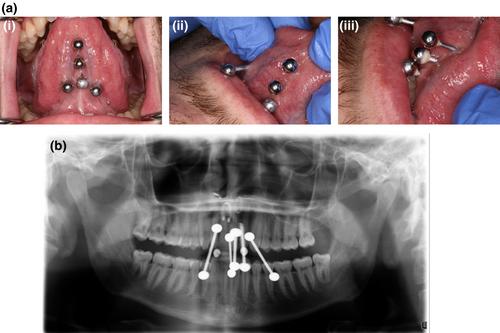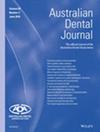This laboratory-based study measured ion release from metallic piercings when exposed to organic acids (lactic, citric) and inorganic acids (phosphoric, hydrochloric) that could be encountered in the oral cavity.
Barbell and ring oral piercings composed of stainless steel, titanium or gold-plated titanium were submerged in 2 mL volumes of 0.1% lactic acid, 10% citric acid, 0.2% phosphoric acid, and 0.1% hydrochloric acid for 7 and 34 days. Ion release into the liquid was measured using inductively coupled plasma optical emission spectroscopy (ICPOES) and expressed in relationship to surface area. Surface changes from baseline were assessed using light and backscatter scanning electron microscopy (SEM).
ICPOES results showed that hydrochloric and phosphoric acid caused the greatest release of material per surface area. Released elements included (ranked highest to lowest): Fe, P, Ti, Na, Cr, S, Ni, Ca, Mg, K, Si, Al, V, Mn, Ba, and Co. SEM imaging identified qualitative surface changes consistent with corrosion, for most piercing types examined.
Under the exposure conditions used, inorganic acids cause greater metal dissolution than organic acids. Inorganic acids could therefore pose a risk of corrosion and leaching of ions from metallic oral piercings.



